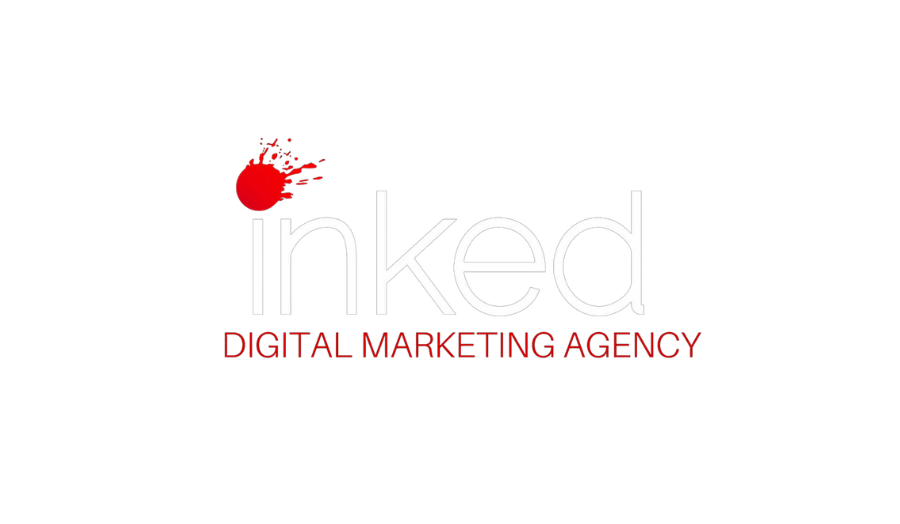Founded in 2005, YouTube is one of the oldest social media platforms that is still booming today. As of 2023, YouTube has over 2.5 billion users worldwide and comes in as the second biggest social media platform after Facebook. With so much activity and reach potential, it’s a no-brainer that your brand should be implementing a YouTube strategy, right? Well, in recent years many companies have been cutting down on their YouTube posting in an effort to focus on short-form videos such as TikTok and Instagram Reels. Even YouTube started to embrace short-form videos with their launch of YouTube Shorts in 2021. But what does this mean for social media managers across the globe? Let’s dive into the pros and cons of running a branded YouTube channel!
Pros of YouTube
1. Increased worldwide reach
YouTube is especially important for businesses that sell their products worldwide. With YouTube being one of the biggest social media platforms in the world, you have a higher chance to reach people across the globe to share your brand. Almost anyone who has access to the internet knows what YouTube is, which means you can bet that people from every country you sell your products in will be able to tune into your videos.
2. Long-form education and awareness building
One of the biggest benefits of using YouTube is that you can post videos as long as you’d like. People log onto the platform wanting to engage in longer videos that provide them with either education, entertainment, or both! YouTube is a place where you can create educational and fun content without the barriers of having to squeeze down the information to fit in a 30-second video. You can promote brand messaging, bring in experts in your field to educate, and more. The options for your YouTube content are truly endless.
3. Advertising
Advertising is HUGE on YouTube. They offer a ton of different ad options for you to choose from and the CPM is usually quite low compared to other platforms such as Facebook and Instagram. YouTube is also one of the easier platforms to advertise on and doesn’t necessarily require an advertiser to have years' worth of social media advertising experience.
Cons of YouTube
1. High budget and bandwidth
By far the biggest con to using YouTube is the time, money, and effort it takes to produce just one video. Users log onto YouTube expecting a high-quality and top-notched produced video. Videos on the platform are always usually much longer than other platforms which means a lot more effort goes into planning and executing each piece of content compared to any other social platform. You may need to invest in a good camera/mic setup, write out scripts, have full shoot days, scout locations to film, and more. To put it simply, YouTube requires a whole lot of work and money to be successful. But sometimes, the juice is worth the squeeze!
2. No performance guarantee
Like most social media platforms, there is no guarantee that your content is going to perform the way you want it to. The difference is, you probably spent more time and money on a YouTube video just to see it flop than you did on an underperforming TikTok video. YouTube is really just another game of risk vs. reward, and you have to decide if the risk is worth it to your business!
3. Slow growth rate
Unlike some other platforms (ahem, TikTok), the chances of your YouTube videos going viral or your channel gaining immense popularity in the beginning of your posting journey are slim. You have to be able to make your videos stand out from the hundreds of millions of other videos on the platform which can prove to be challenging. While growth can be slow in the beginning, consistent posting and creativity in your content can help gain momentum on your channel.
Key Platform Metrics
If you do decide to build out your YouTube channel, there are certain key metrics you should monitor on the platform. Some metrics such as reach, engagement, and click-through rate (if you’re running ads) are consistent with other social platforms. However, other numbers like average view duration/watch time, video dislikes, and unique viewers are special to YouTube specifically. The actual goals you set for your YouTube strategy should reflect the size of your channel as well as the size of your business and the money you put behind advertising on the platform.
Still unsure if YouTube is the right social media for your business or what benchmarks to set for your channel? Reach out to us at Inked Digital Marketing Agency so we can help you with your perfect social media strategy!


